
OR
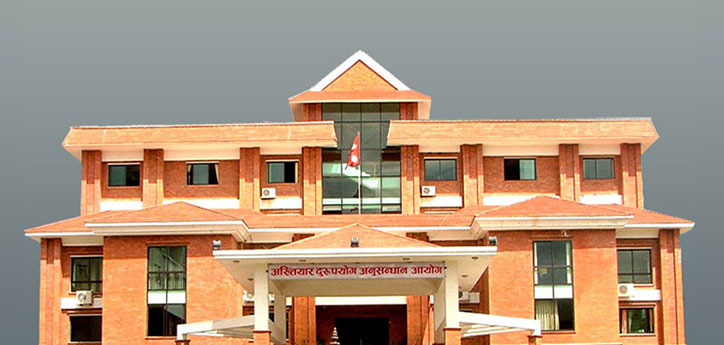
The media gave extensive coverage to CIAA accusations against government officials but were miserly in covering their acquittal.
The Special Court recently instructed the government to impose a fine of over Rs. 450 million on the Chinese and Thai companies that had supplied sub-standard transformers to the Nepal Electricity Authority. This has once again underscored the institutional failure of the Commission for Investigation of Abuse of Authority (CIAA) and highlighted the continued repercussions of the controversial three-year tenure of former CIAA chief Lokman Singh Karki.
It also raises questions about media’s role in defamation of unfortunate government officials who were unnecessarily implicated of corruption.
Karki’s interference in the 2013 case involving the authority and the Chinese company, Hubei Sun Light Electric Co. Ltd, was an outright breach of international contractual law and regulation. This led to serious corruption allegations against government officials, and subsequently disrupted transformer replacement process. However, allegations of collusion between accused NEA officials and the Chinese company have proved baseless.
While Karki’s downfall is well-documented, how he tarnished the social standing of suspected officials is less discussed.
So what role did the media play in assessing the CIAA-led actions in terms of character and moral stewardship? More specifically, how are Karki’s abortive actions during his ignominious tenure linked to media and with justice for suspected officials?
There is no denying that media plays a significant role in influencing Nepali public. When Karki filed a corruption case against NEA officials, it got massive publicity. Pictures and names of the suspected officials were splashed in front-pages of all major newspapers.
Strikingly, media coverage was drastically different when the court recently declared that the majority of suspected officials were unfortunate victims of CIAA propaganda. Most news sources didn’t even report the names of the innocent officials who won their case against the anti-graft body. Why this disparity in media reports before and after court proceedings?
After extensively covering accusations, the media probably didn’t deem it important enough to highlight the Special Court’s clean chits to suspected officials. It therefore implies that media overlooks the story involving clean government officials. But what kind of impact does this kind of bias have on public opinion?
Apart from minimizing potential bias in news coverage, the media should be as aware of perverse consequences of a sensationalized public allegation. When media reports publicize the names of corruption-accused before legal procedures have even started, the public perceives such coverage as the ultimate verdict, impairing social status and job opportunities of the alleged individuals. Even after winning their legal battle, the damage to their image will be hard to repair for many of the exonerated civil servants.
The CIAA’s modus operandi should also be more transparent. The anti-graft body has repeatedly blown its own trumpet, proclaiming its allegiance to corruption-free society irrespective of rank, seniority and influence of the corruption-accused. So it takes pride in expanding the scope of lawsuits and citing the high number of haphazard arrests in relation to corruption charges.
Even though Karki was finally removed, his poisonous legacy lives on. Doesn’t CIAA have a moral responsibility for the pain endured by innocent government officials? And why is there no mechanism to properly compensate the falsely accused officials?
Until now the CIAA has been mute on such a sensitive matter. So it is hard to dispel the myth that the public allegations are credible. More specifically, it is doubtful whether the corruption-related cases are even rigorously studied and investigated prior to their registration in the Special Court.
To add insult to injury, the CIAA top brass does not face any penalty for making false accusations and disrupting careers of committed government officials. Under these circumstances, it is media’s responsibility to hold the chief constitutional anti-graft body to account.
Corruption is an issue of public concern. Yet the public also deserves to know how the anti-graft body carries out its investigations. The media need to have a balanced approach to reports and cover both sides of the story. Even if Karki is long gone, his legacy remains. Unless the CIAA is held accountable for affecting the lives of falsely accused government officials, justice will remain pending as well.
jayashpaudel@gmail.com
You May Like This

Poisonous legacy
Perhaps no other public office-holder in Nepal has been as controversial as former CIAA Chief Lokman Singh Karki. A man... Read More...

Madhav Nepal reacts almost a decade after Dahal described him as ‘poisonous tree'
KATHMANDU, Nov 17: Left alliance CPN-UML and CPN (Maoist Center) have expedited their election campaign with an agreement to unify... Read More...

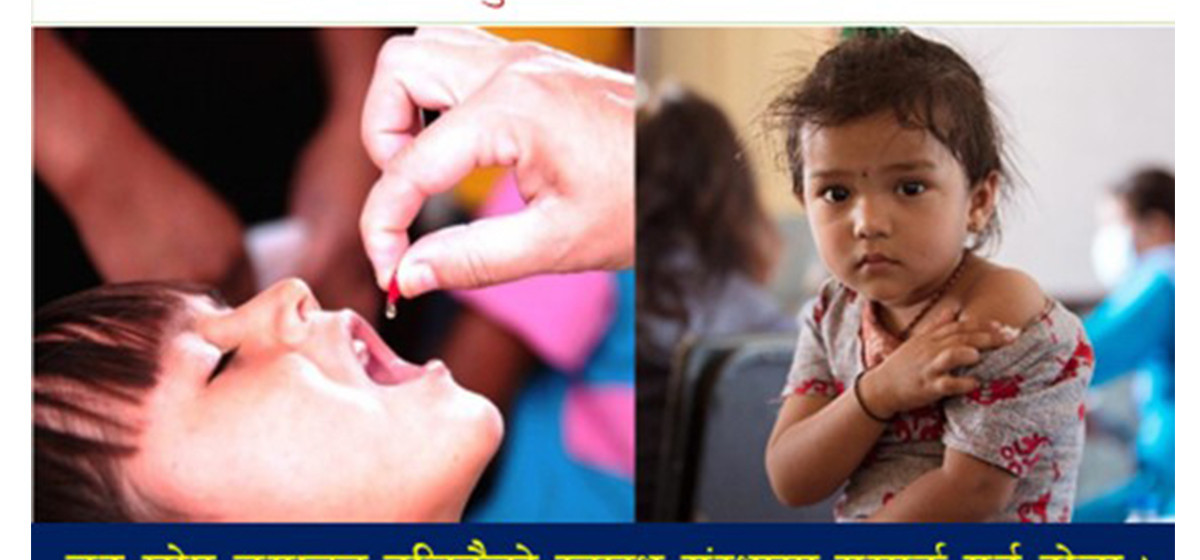
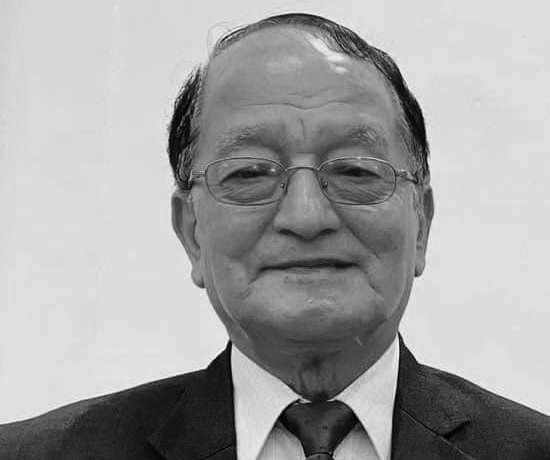
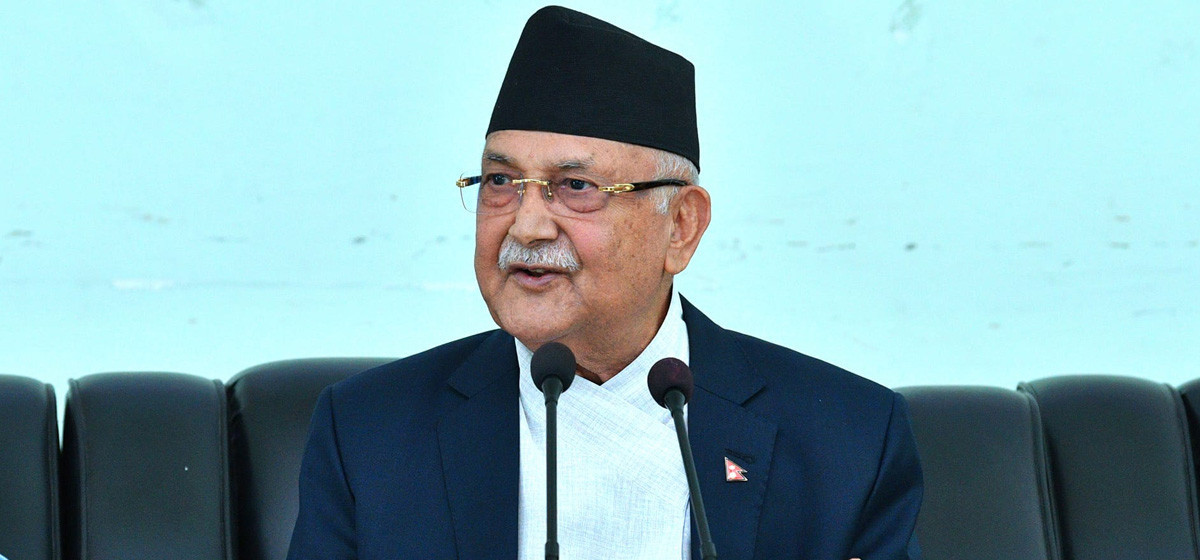
Just In
- iPhone 14 Pro Max-shot Nepali film 'A Place Under the Sun' set for global OTT platform release
- Vitamin A being administered to children across Nepal
- Idols of Lord Ram and Sita consecrated at Nepali temple in Thailand
- Satdobato-Balkumari road section to be closed at night for several days
- NC objects Gandaki Province assembly call
- Eight Chinese citizens injured in Scorpio-microbus collision in Pokhara
- Former chief secretary Shakya passes away
- UML Chair Oli appeals vote for Nembang





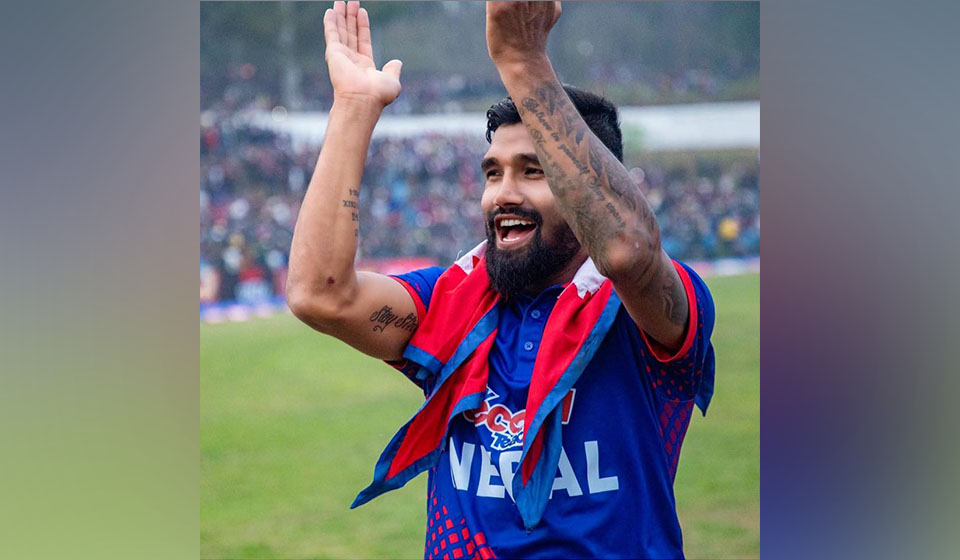

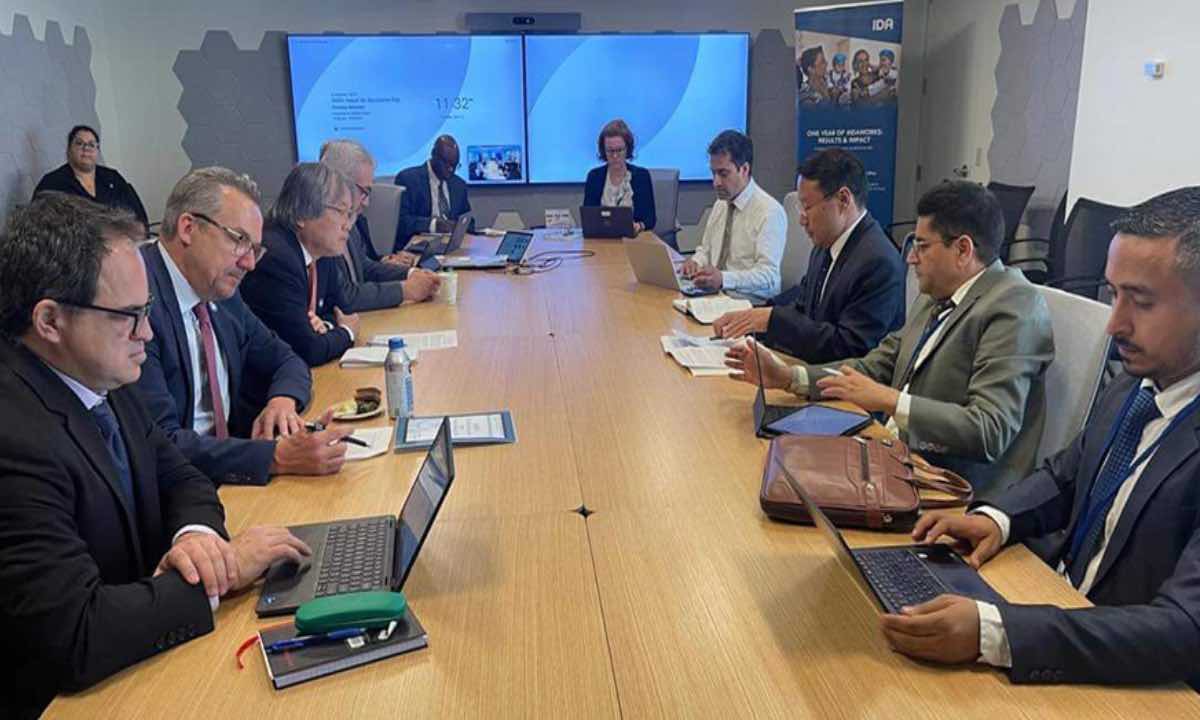
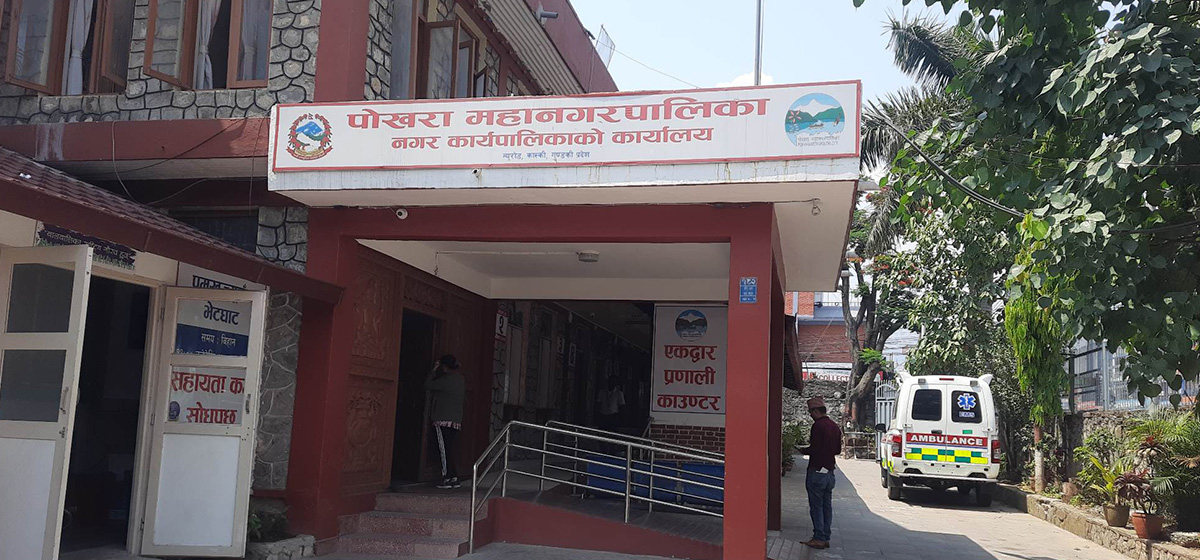

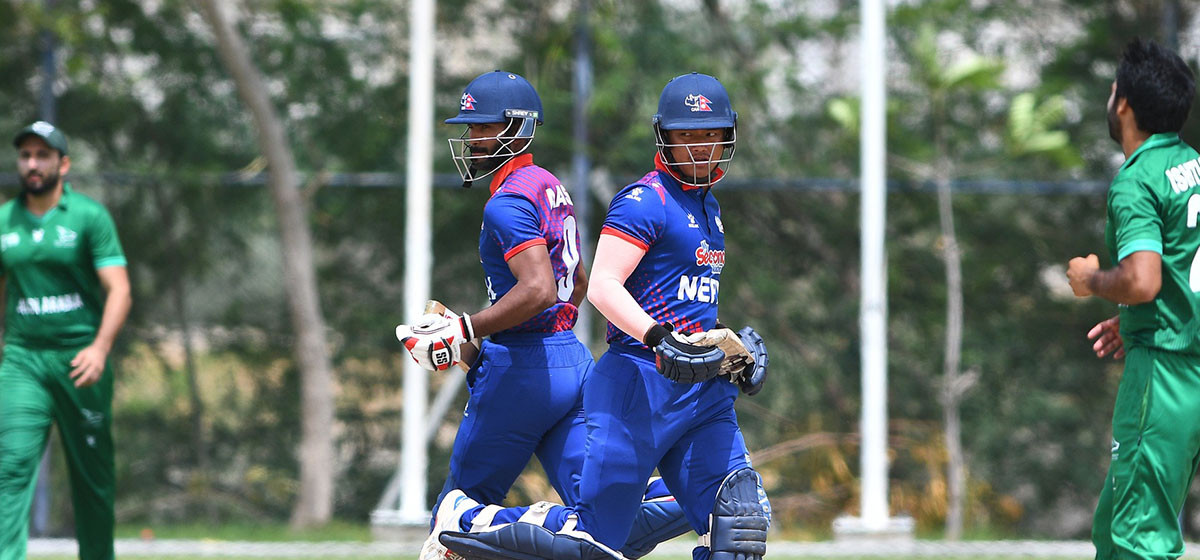
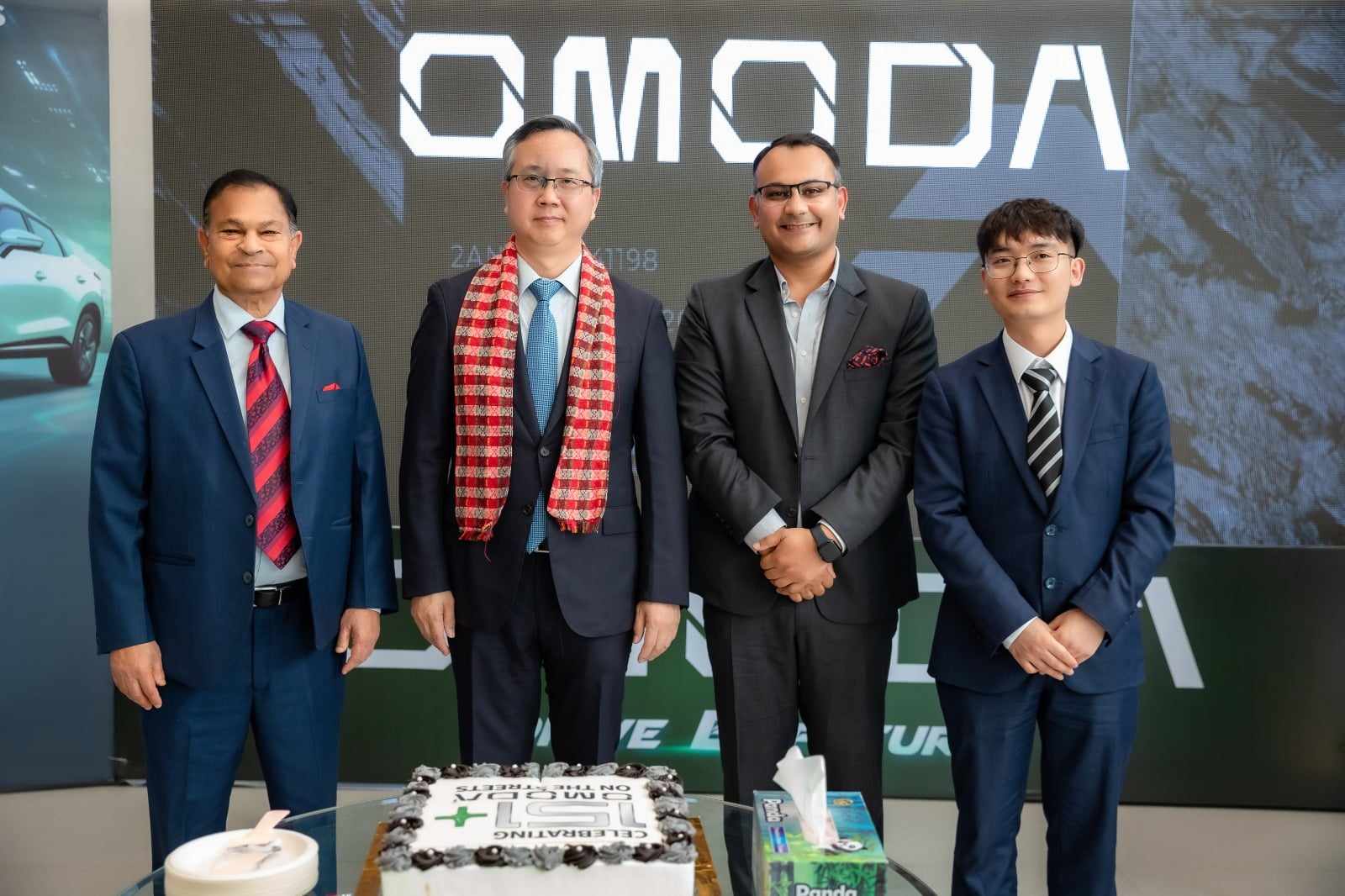
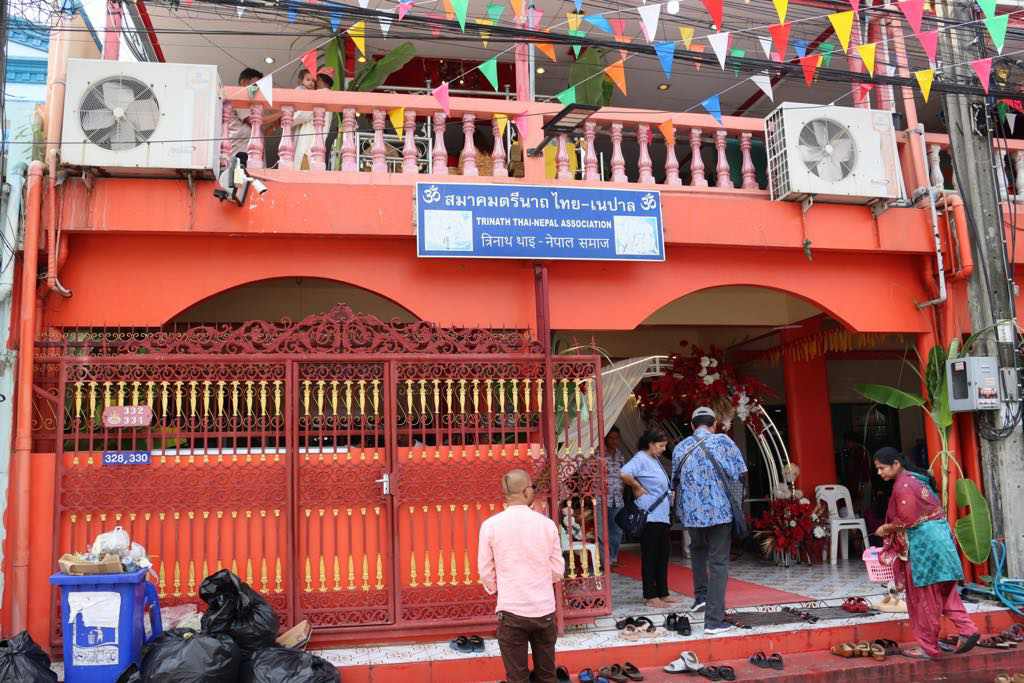


Leave A Comment